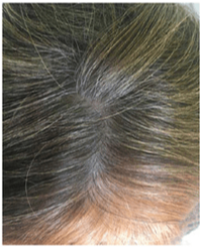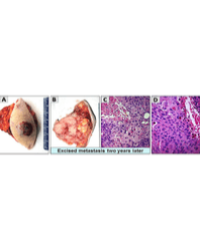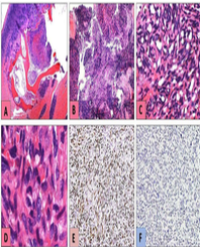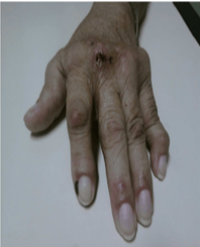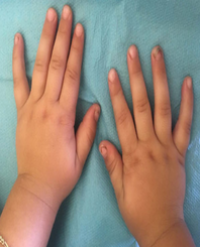
Reversible Infant Onychomadesis : Case Report and Review of Literature
Onychomadesis is a periodic idiopathic shedding of the nails beginning at the proximal end, possibly caused by the temporary arrest of the function of the nail matrix. Infections, stress in utero has been reported as the initiating factor in each of this entities. We report a one year-old infant, affected by onychomadesis, occurred after cesarean childbirth following Stresses in utero by severe maternal pyelonephritis.
Elharrouni Alaoui A*, Baybay H, Mrabat S, Douhi Z, Elloudi S, and Mernissi FZ

